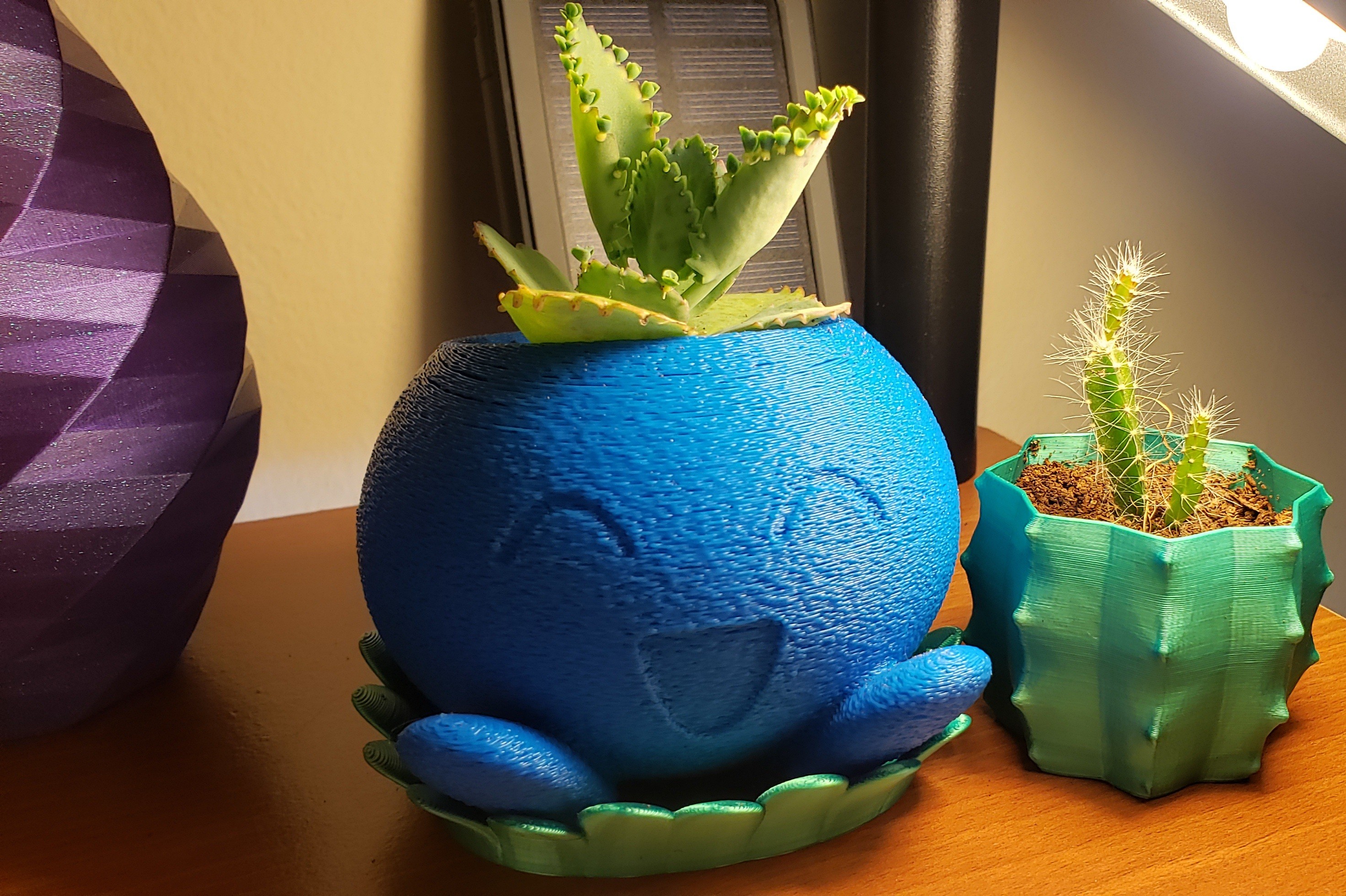this post was submitted on 13 Jun 2023
73 points (100.0% liked)
Nature and Gardening
6620 readers
11 users here now
All things green, outdoors, and nature-y. Whether it's animals in their natural habitat, hiking trails and mountains, or planting a little garden for yourself (and everything in between), you can talk about it here.
See also our Environment community, which is focused on weather, climate, climate change, and stuff like that.
(It's not mandatory, but we also encourage providing a description of your image(s) for accessibility purposes! See here for a more detailed explanation and advice on how best to do this.)
This community's icon was made by Aaron Schneider, under the CC-BY-NC-SA 4.0 license.
founded 1 year ago
MODERATORS
you are viewing a single comment's thread
view the rest of the comments
view the rest of the comments

For anyone thinking of doing similar, you can get pretty sturdy planters/pots/vases using vase mode but with really thick extrusions, like in PrusaSlicer setting the extrusion width to something like 0.8mm (using .4mm nozzle). Takes a lot of the fragility and flexing out of vase-mode prints, and it's surprising how thick extrusions you can make with a regular .4 nozzle.
I use higher temps, 2mm layer height, 0.6mm line width, with a 0.4mm nozzle. I find that going higher than 150% has an effect on my surface quality.
True, it does affect surface quality a bit, but I found that for some uses, it's was actually desirable or at least tolerable
Yes, 200% is definitely water tight.